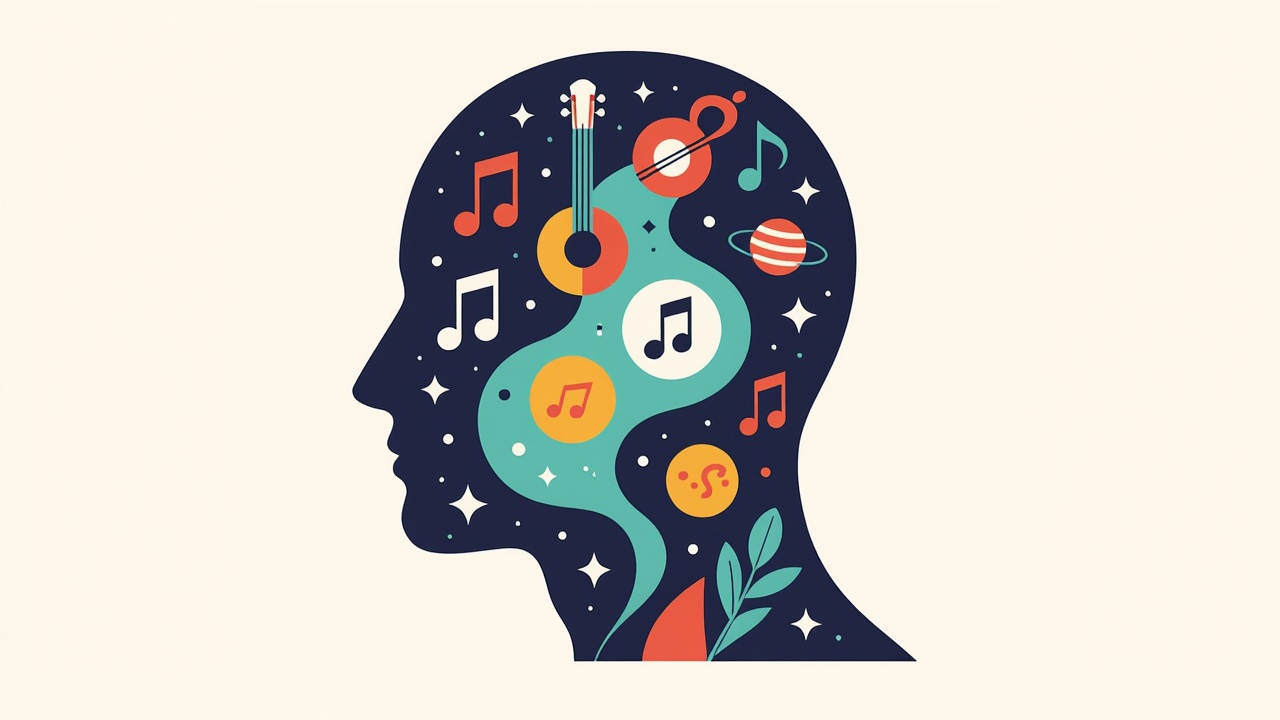The Importance of Silence in Music
(A reflection on presence, improvisation, and groove)
Every note and every action we take has a deep meaning in our expression and interpretation.
Silence, far from being empty, creates protagonism, emphasis, and anticipation.
This is especially true in contexts of improvisation, musical proposition, or when we play a supporting role.
There are several motivations that can lead us to play too many notes all the time, such as:
• Wanting to put everything everywhere.
• Feeling like I must play something virtuosic so people know I'm good.
When we learn a new chord, a lick, a concept, a groove… we want to explore it and apply it everywhere. And that’s not necessarily wrong. A cumbia can borrow a salsa phrase and still sound great.
But music has a structure, and within that structure lives the soul of the song.
Miles Davis said:
“It’s not the notes you play, it’s the notes you don’t play.”
Playing is not about dumping notes.
It’s about choosing your words in a conversation.
On the other hand, there’s this idea that if we’re not playing something flashy every four bars, people won’t think we’re good musicians.
But the real groove lies in doing what needs to be done.
Beyond rhythm or harmony, your movements, your breath, your presence communicate your devotion and love for the art.
There’s also an idea that pianist Cecil Taylor explored—shared with me by Juancho Valencia, when I played with Elnikoarias at BIME in Bogotá.
Juancho talked about tension.
He said: if we strip away all the elements of the European functional system—harmonic functions, modes, tonic (I), dominant (V)—what remains is the duration of the sound.
This idea is backed by psychoacoustics too.
If you hear keys fall, the impact creates a higher decibel peak than a crying baby.
But the baby’s cry has a higher RMS, which makes it feel louder over time. The sustained sound is what makes it unbearable.
Time creates tension.
This leads us to a powerful realization:
Silence is not emptiness. Emptiness is also space.
And in that space, the magic happens.
When we play from this awareness, using all of our musical tools, not to show off but to connect, something deeper happens than a flashy solo:
A real conversation.
ESPAÑOL
**Importancia del silencio en la música
(Reflexión desde la presencia, la improvisación y el groove)
**
Cada nota y cada acción que decidimos tomar tiene un significado profundo en nuestra expresión e interpretación.
El silencio, lejos de ser vacío, genera protagonismo, énfasis y expectativa.
Esto aplica, sobre todo, en contextos de improvisación, proposición o cuando somos instrumento de base.
Podemos explorar varias motivaciones por las que a veces terminamos tocando muchas notas todo el tiempo, como:
• Querer meter todo en todo.
• Sentir que debo tocar cosas virtuosas para que la gente sepa que soy bueno.
Cuando aprendemos un nuevo acorde, un lick, un concepto, un groove… queremos explorarlo y usarlo en todo. Y no está mal.
Una cumbia puede tener frases de salsa y sonar sabroso.
Pero la música tiene estructura, y en esa estructura vive la identidad de la canción.
Miles Davis decía:
“No son las notas que tocas, sino las que no tocas.”
Tocar no es desparramar notas, es escoger tus palabras en una conversación.
Por otro lado, existe la idea de que si no hacemos algo "virtuoso" cada cuatro compases, la gente no va a pensar que somos buenos.
Pero el verdadero groove está en hacer lo que tienes que hacer.
Más allá de las notas o del ritmo, en tus movimientos, respiración y presencia se nota el amor y la entrega al arte.
Un tópico muy interesante que quiero compartir lo plantea el pianista Cecil Taylor.
Lo aprendí de Juancho Valencia, cuando toqué con Elnikoarias en el BIME en Bogotá.
Juancho me hablaba de la tensión.
Decía: si quitamos todos los elementos del sistema funcional europeo (funciones armónicas, modos, grados como el I o el V), lo que queda es la duración del sonido.
Esto tiene sentido incluso desde la psicoacústica.
Si escuchas unas llaves caer, generan un pico fuerte en decibeles, más alto que un bebé llorando.
Pero el llanto del bebé tiene un RMS mayor: se sostiene más en el tiempo, y eso es lo que lo vuelve insoportable.
El tiempo es lo que crea la tensión.
Esto nos lleva a reflexionar:
El silencio no es vacío. El vacío también es espacio.
Y en ese espacio ocurre la magia.
Cuando tocamos desde esa conciencia, con todo nuestro arsenal de herramientas musicales, no para demostrar, sino para dialogar, ocurre algo mucho más poderoso que un solo virtuoso:
Una verdadera conversación.
